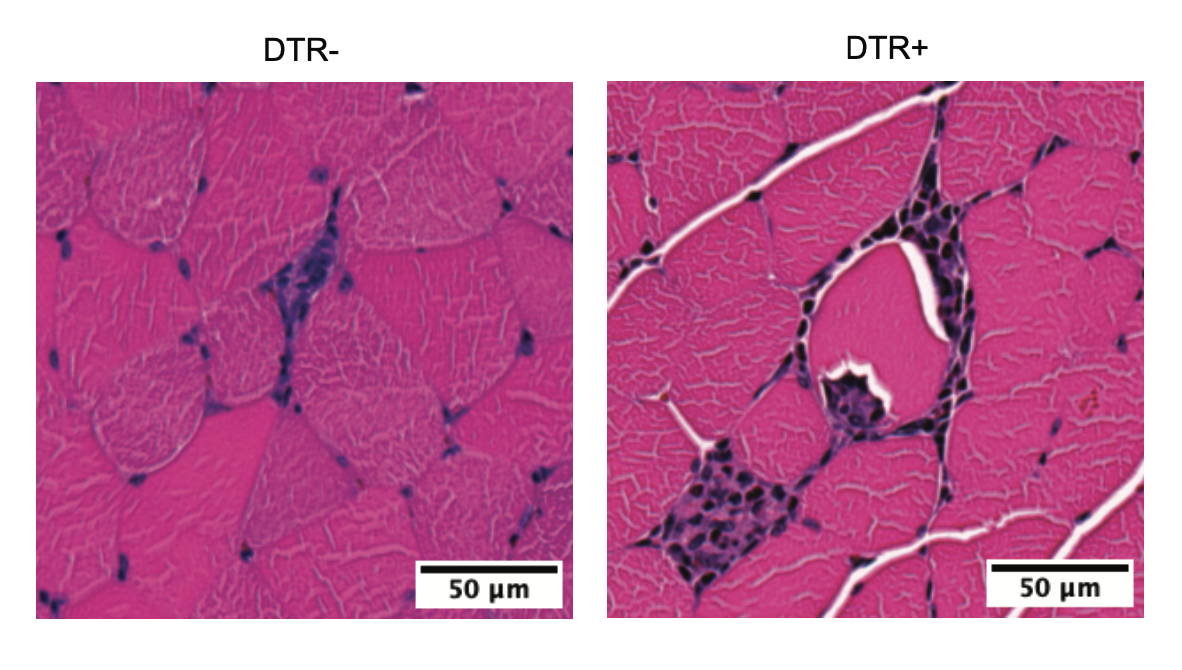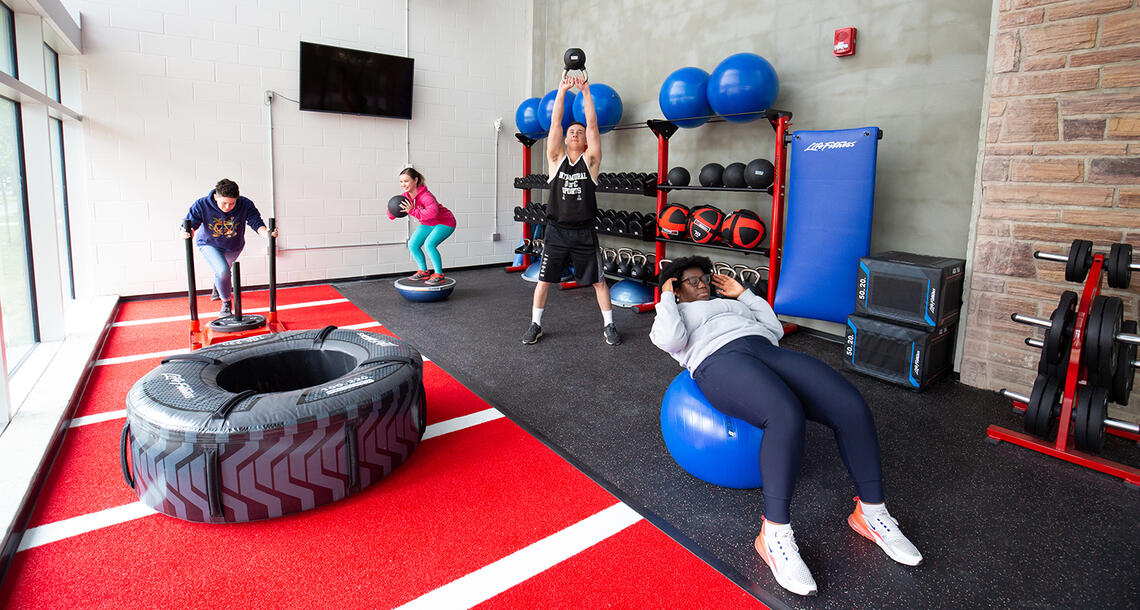
The connection between exercise and inflammation has captivated the imagination of researchers ever since an early 20th-century study showed a spike of white cells in the blood of Boston marathon runners following the race.
Now, a new Harvard Medical School study published in Science Immunology may offer a molecular explanation behind this century-old observation.
The study, in mice, suggests that the beneficial effects of exercise may be driven, at least partly, by ...
Read More







Recent Comments